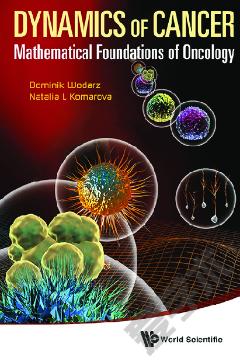Dynamics Of Cancer: Mathematical Foundations Of Oncology
The book aims to provide an introduction to mathematical models that describe the dynamics of tumor growth and the evolution of tumor cells. It can be used as a textbook for advanced undergraduate or graduate courses, and also serves as a reference book for researchers. The book has a strong evolutionary component and reflects the viewpoint that cancer can be understood rationally through a combination of mathematical and biological tools. It can be used both by mathematicians and biologists. Mathematically, the book starts with relatively simple ordinary differential equation models, and subsequently explores more complex stochastic and spatial models. Biologically, the book starts with explorations of the basic dynamics of tumor growth, including competitive interactions among cells, and subsequently moves on to the evolutionary dynamics of cancer cells, including scenarios of cancer initiation, progression, and treatment. The book finishes with a discussion of advanced topics, which describe how some of the mathematical concepts can be used to gain insights into a variety of questions, such as epigenetics, telomeres, gene therapy, and social interactions of cancer cells.
{{comment.content}}








 京公网安备 11010802027623号
京公网安备 11010802027623号